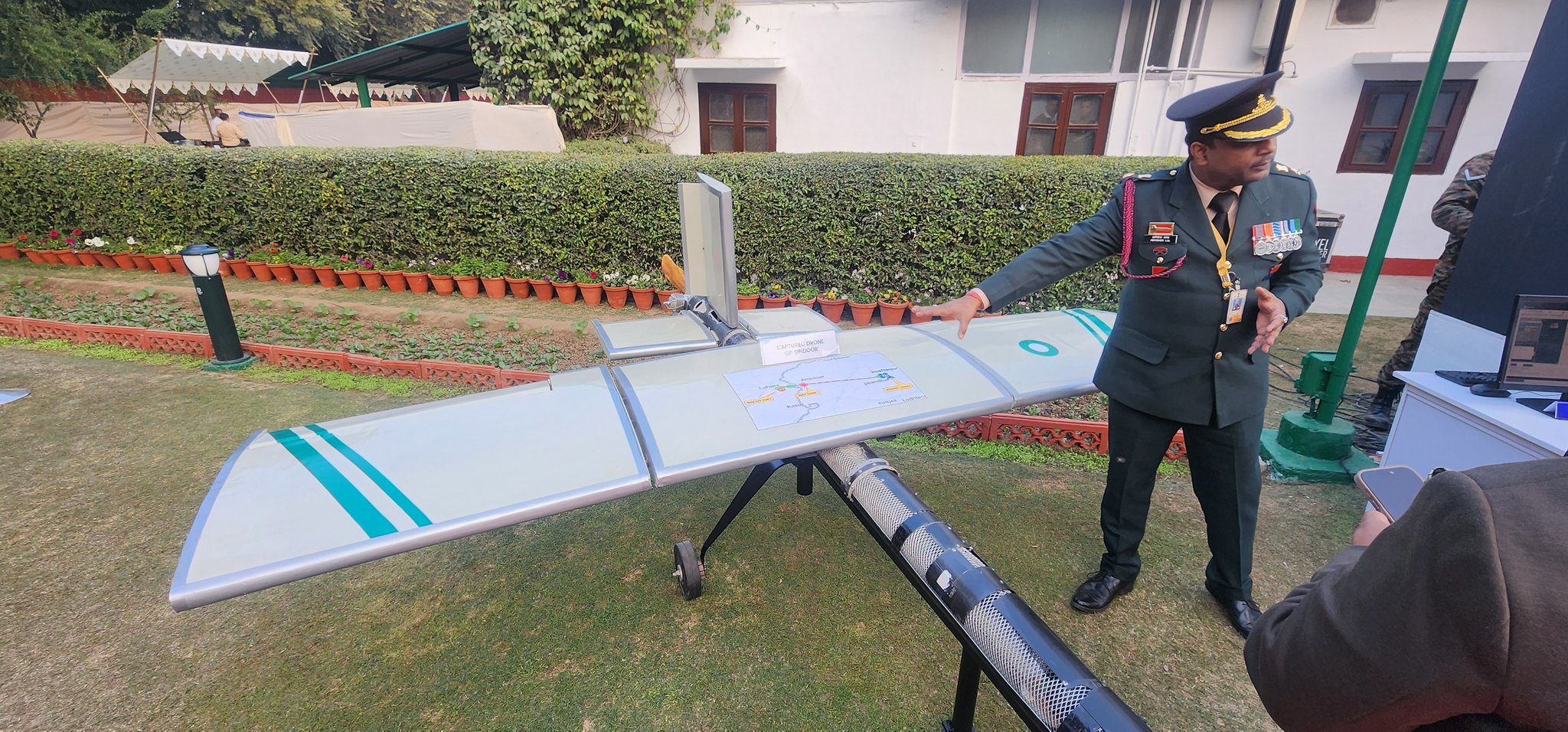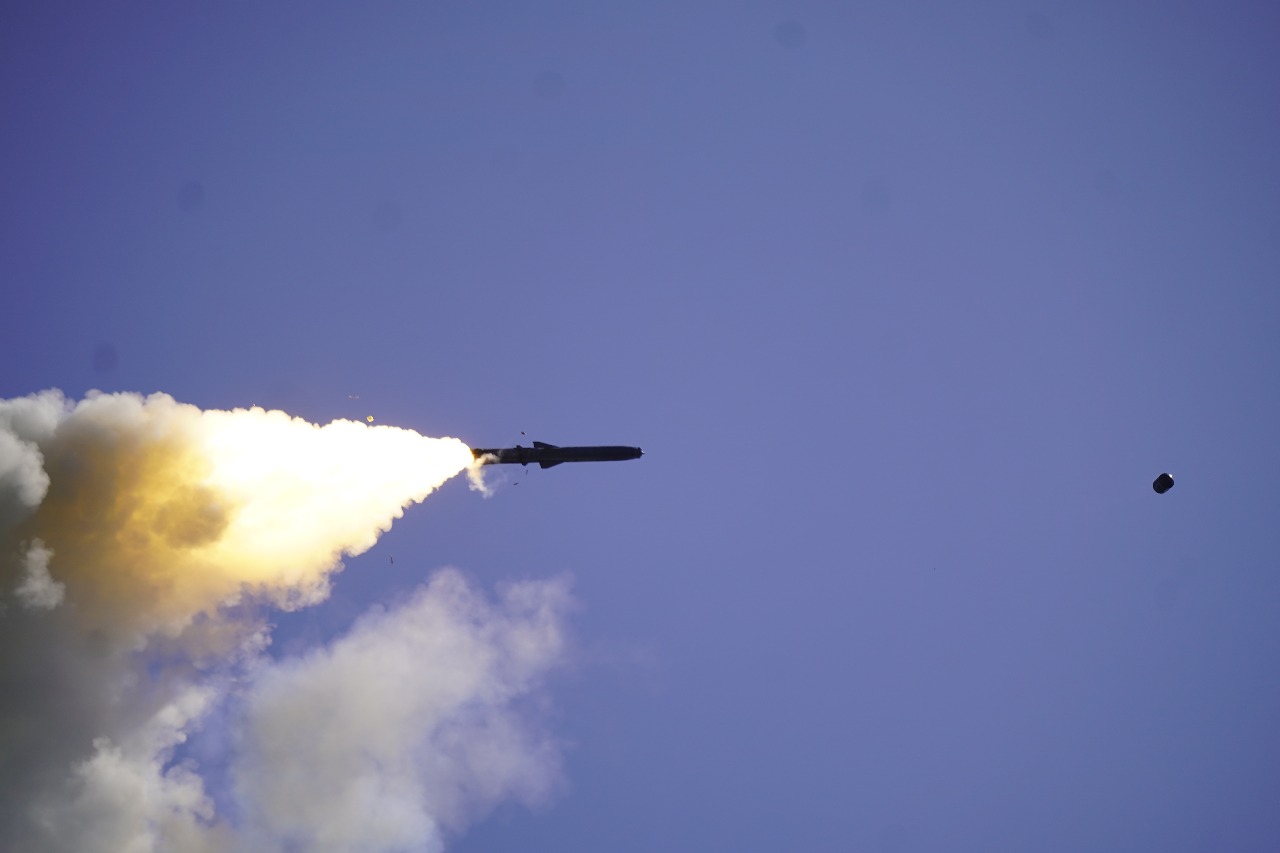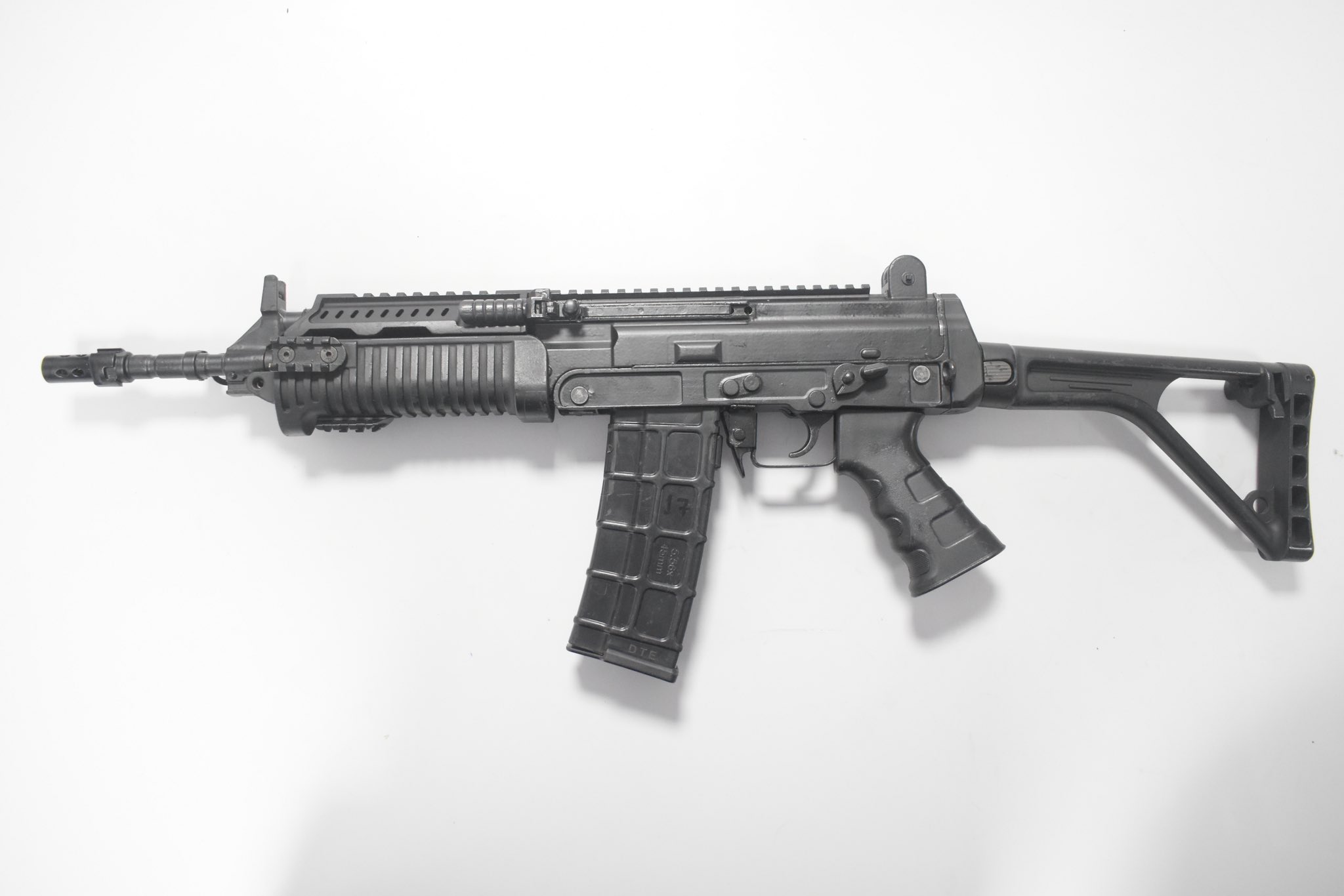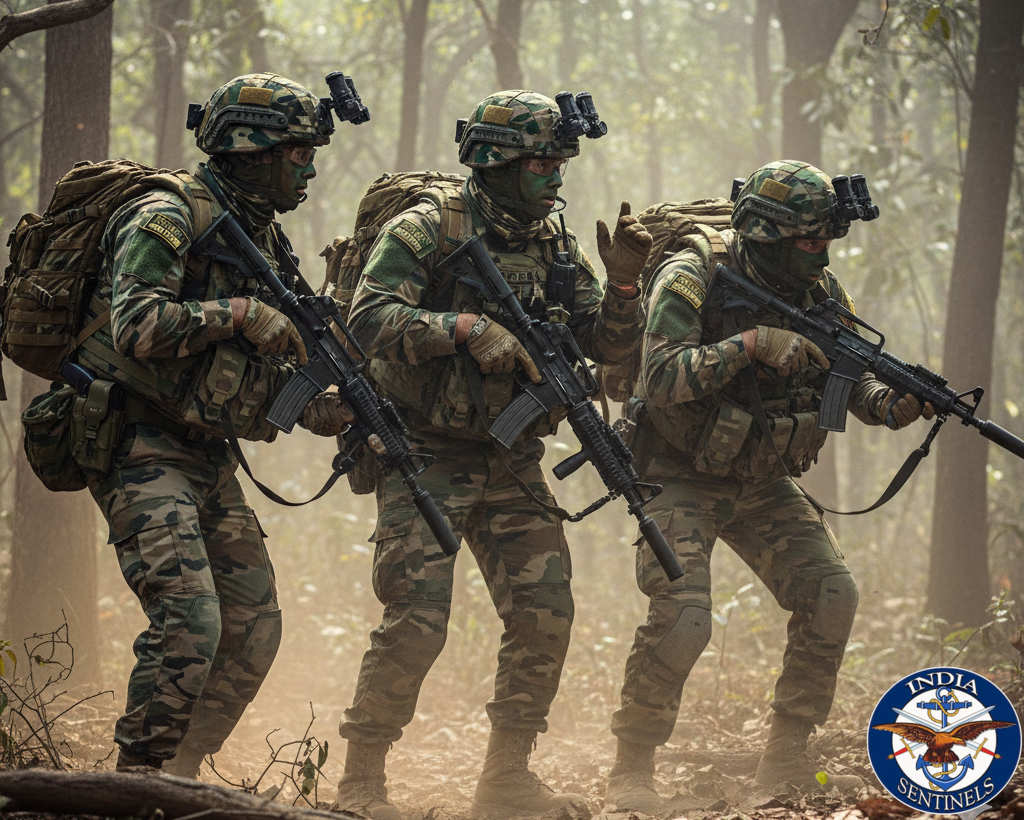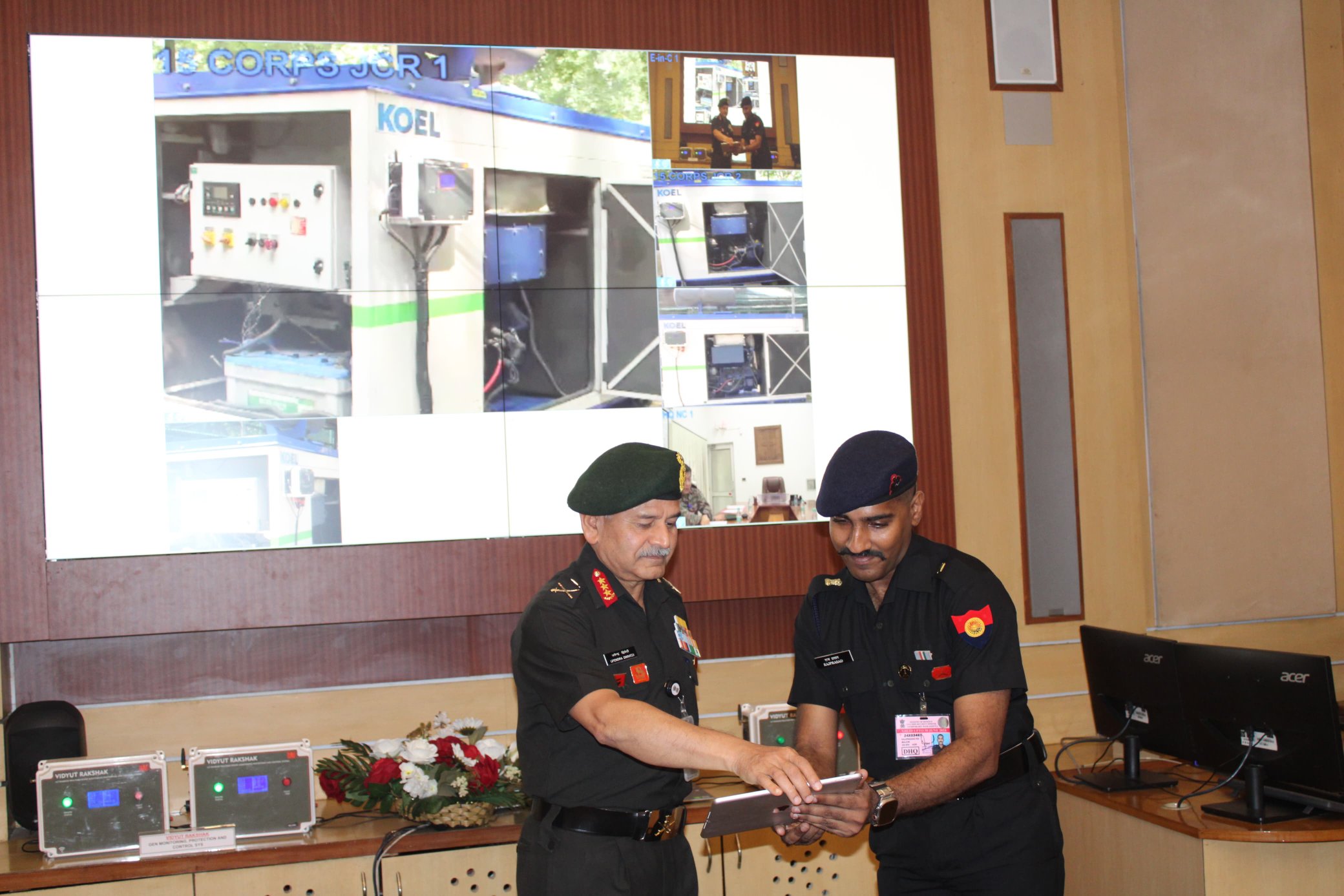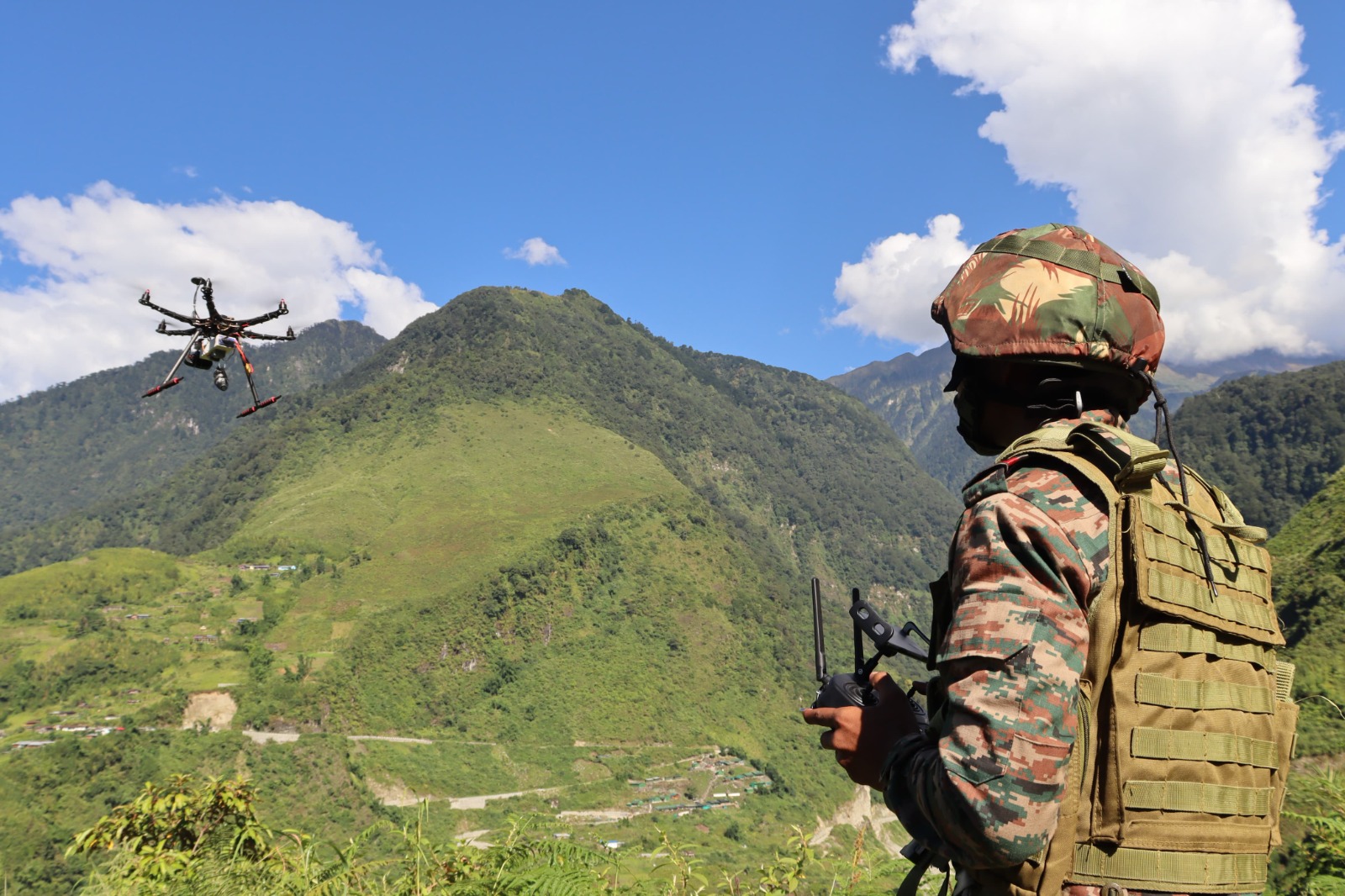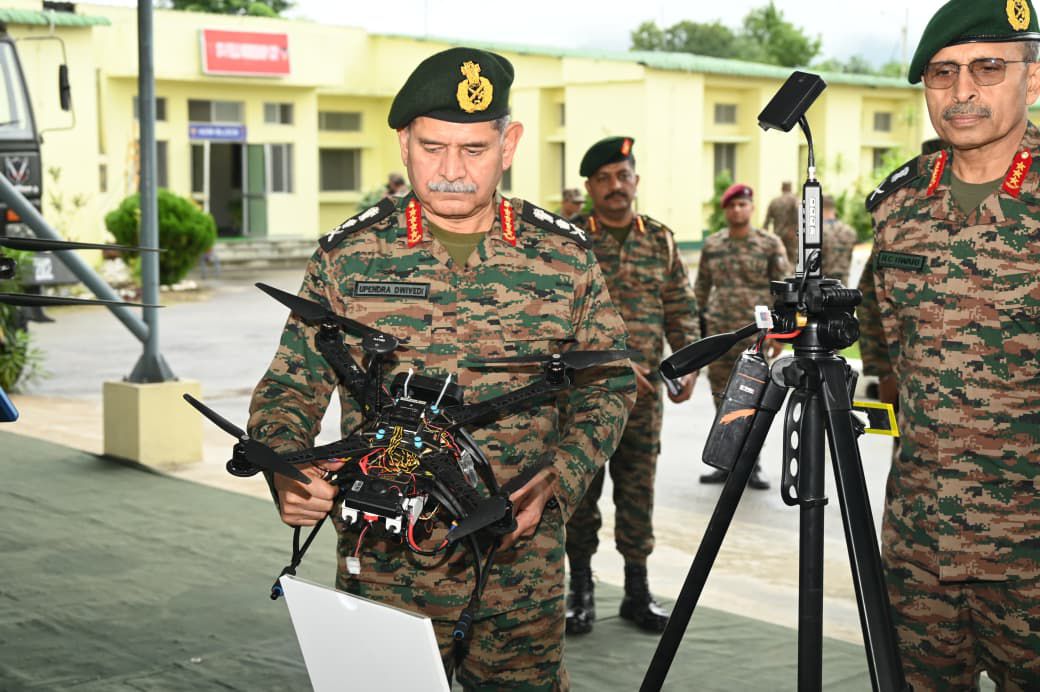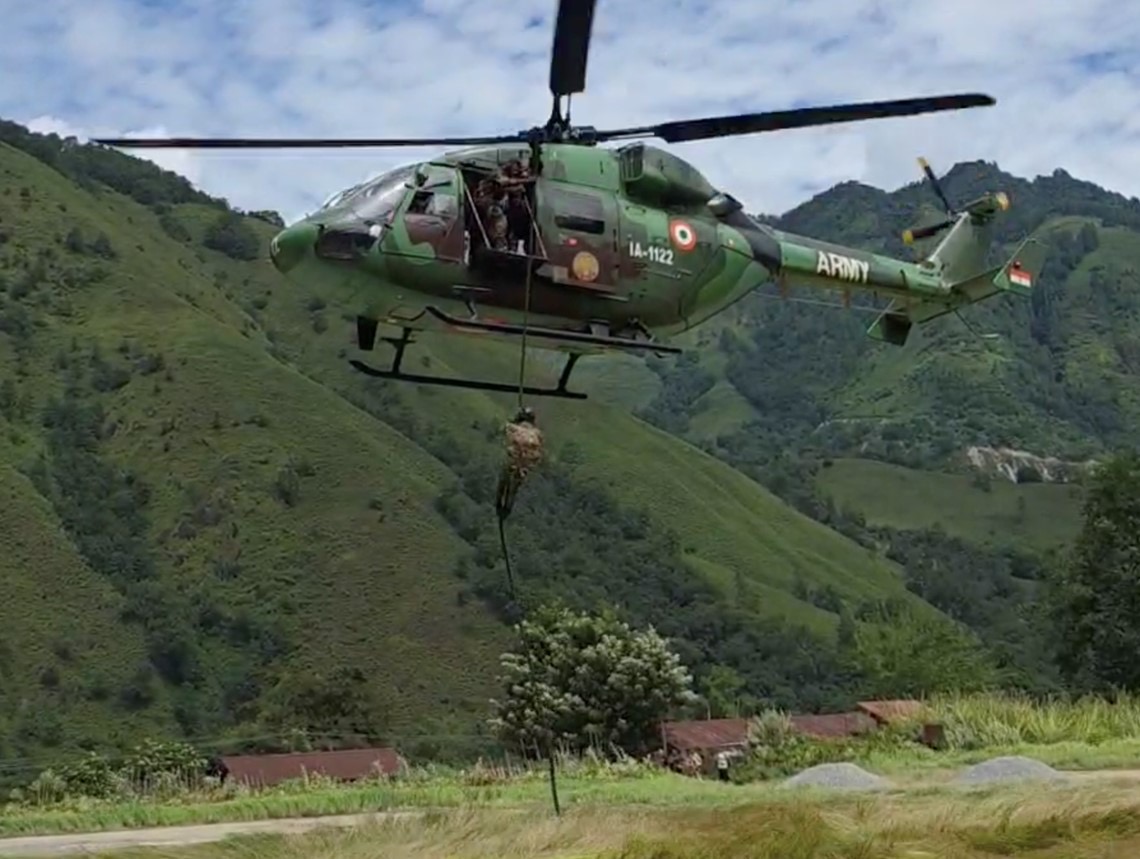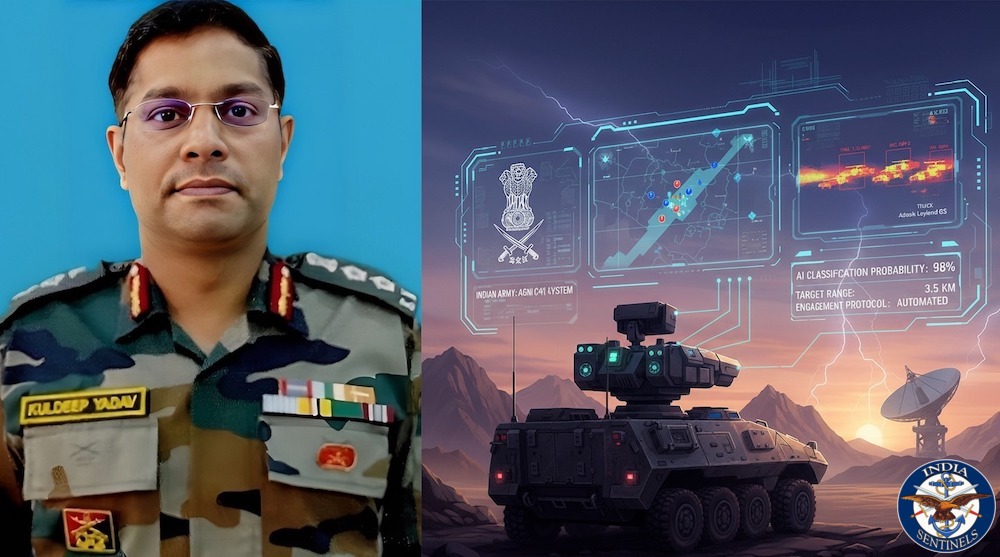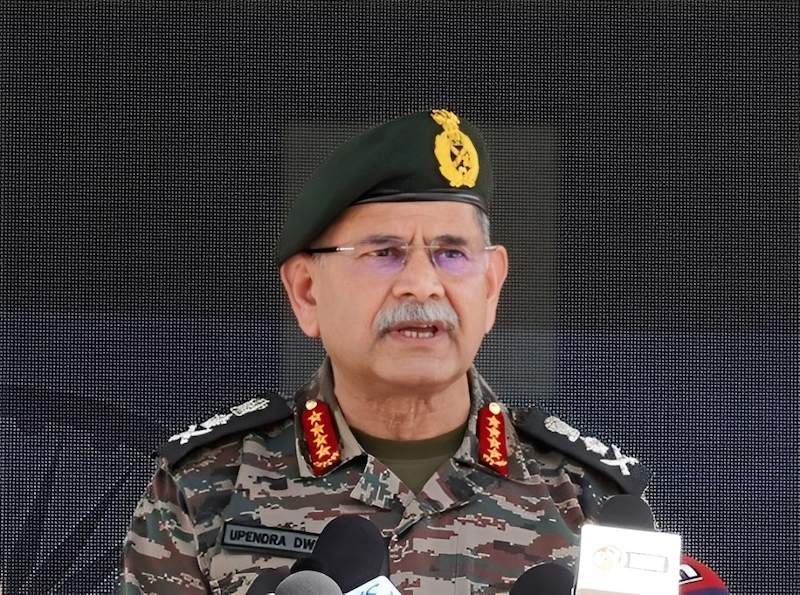 Gen Upendra Dwivedi during his Kargil Vijay Diwas 2025 speech at Drass.
Gen Upendra Dwivedi during his Kargil Vijay Diwas 2025 speech at Drass.
Drass/New Delhi: The Indian Army chief, General Upendra Dwivedi, announced a sweeping modernization programme during Kargil Vijay Diwas commemorations at Drass, on Saturday. He unveiled three advanced combat formations that will reshape the force’s operational doctrine for the coming decades.
Speaking at the war memorial that honours the soldiers who reclaimed the strategic heights in 1999, Gen Dwivedi revealed the induction of the “next-gen force” comprising Rudra integrated brigades, Bhairav light commando battalions, and Divyastra artillery units equipped with loitering munitions.
“We are rapidly advancing as a transformed, modern, and future-ready force,” Gen Dwivedi declared, outlining a comprehensive transformation that emphasizes multi-domain integration, indigenous technology, and enhanced combat readiness along India’s contested borders.
Rudra Brigades
The Rudra brigades represent the most significant structural change in the Army’s organization, bringing together infantry, mechanized units, armoured formations, artillery, special forces, and unmanned aerial systems under unified command. These all-arms formations are designed to operate autonomously across strategic sectors, marking a doctrinal shift from compartmentalized operations to integrated warfare.
The brigades will be equipped with bespoke logistics and combat support tailored for high-mobility, network-centric operations. Defence analysts view this as a response to evolving threats along India’s northern and western borders, where rapid deployment and multi-domain capabilities have become essential.
Gen Dwivedi described Rudra as the “backbone of future battlefield mobility and joint combat effectiveness,” emphasizing its role in both conventional and hybrid warfare scenarios.
Divyastra Artillery Units
Divyastra represents the Army’s leap into next-generation artillery warfare, featuring enhanced-range batteries capable of precise deep strikes. The formation’s core innovation lies in loitering munition units – autonomous systems that can carry out surveillance, identify, and engage targets independently or on command.
These “kamikaze drones” bridge the gap between intelligence gathering and kinetic action, providing commanders with unprecedented flexibility in engagement options. Gen Dwivedi noted that Divyastra “dramatically scales up our firepower in both conventional and sub-conventional conflicts.”
The loitering munitions capability addresses the Army’s need for precision engagement in high-altitude environments where traditional artillery faces range and accuracy limitations. These systems can remain airborne for extended periods, waiting for targets of opportunity or responding to real-time intelligence.
Bhairav Special Forces
The Bhairav component focuses on creating specialized light commando battalions trained for swift, decisive operations during border contingencies. These units are specifically configured for high-altitude, counterterrorism, and urban warfare missions.
“Bhairav battalions symbolize our agile and lethal spearhead, ready to strike at any flashpoint with surprise and precision,” the Army chief stated.
A key innovation involves permanently integrating drone platoons into every infantry battalion, enabling real-time surveillance, target acquisition, and fire direction. This integration transforms basic infantry units into force multipliers while improving situational awareness and adaptation to evolving battlefield technologies.
The drone integration reflects lessons learned from contemporary conflicts, where unmanned systems have proven decisive in reconnaissance and precision strikes. Similar capabilities have been observed in recent conflicts in Ukraine and the Middle East, where small units equipped with advanced surveillance systems have achieved disproportionate tactical advantages.
Indigenous Air-Defence Systems
Complementing the next-gen force, Gen Dwivedi announced the forthcoming induction of domestically developed air-defence radars and missile systems. These platforms will strengthen India’s multi-layered air-defence architecture against threats ranging from aircraft and helicopters to drones and cruise missiles.
The indigenous development aligns with the country’s “Atmanirbhar Bharat” (self-reliant India) initiative while reducing import dependence. Recent conflicts have demonstrated the critical importance of robust air defence, particularly against small, low-flying targets that have become increasingly prevalent in modern warfare.
Implications for Army
The modernization programme represents a fundamental shift in the Army’s operational philosophy, moving from traditional formations towards agile, technology-enabled units capable of multi-domain operations. Defence experts view this as preparation for conflicts that may span cyber, space, and electronic warfare domains alongside conventional battlefield engagement.
The timing of the announcement at Drass carries symbolic weight, connecting the sacrifice of 1999’s heroes with contemporary security challenges. Gen Dwivedi emphasized this continuity, stating: “As we commemorate the valour of our heroes, we must ensure the Indian Army remains unmatched, not just in courage but in capability and readiness.”
The reforms also reflect lessons learned from recent global conflicts, where integration, speed, and technological superiority have proven decisive. The Army’s emphasis on indigenous systems reduces strategic vulnerabilities while building domestic defence manufacturing capabilities.
These changes position the Indian Army for challenges that extend beyond traditional border defence, encompassing grey-zone conflicts, hybrid warfare, and the protection of critical infrastructure in an increasingly complex security environment.
The “next-generation force” concept signals India’s commitment to maintaining military preparedness while adapting to 21st-century threats that require rapid response, technological sophistication, and operational flexibility across multiple domains simultaneously.

